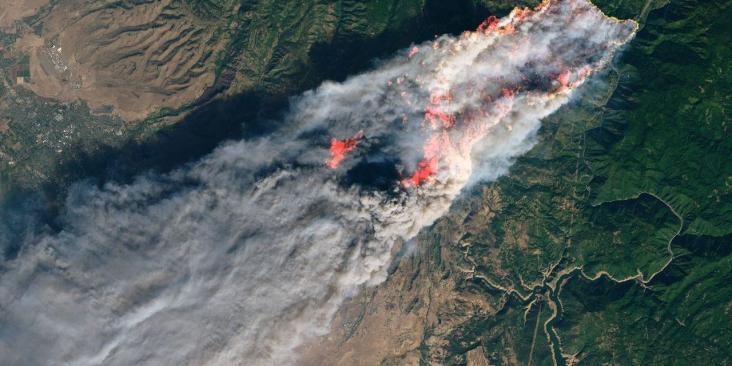The only surprise about the new report released today by the Western States Petroleum Association is what it doesn’t come right out and say: that the oil industry is pretty sure that those of us who believe climate change is one of the biggest issues facing California today are actually conspiring to put them out of business.
The report, “Understanding the Impact of AB 32,” is based on public data but was processed through the Boston Consulting Group’s proprietary modeling using the industry’s assumptions about the future. It reads less like an actual analysis of the potential impacts of California’s landmark climate law, and more like a laundry list of “woe is me” excuses for the oil refinery industry – not incidentally, the industry that paid for the report – claims that California’s innovative clean fuels policies will ruin their businesses.
The biggest problem with the report is its assumption that no one – none of California’s myriad economic sectors – will make changes aimed at reducing our dependence on oil, or at curbing dangerous greenhouse gas emissions. For example, even as refineries face falling demand for gasoline, in California and across the nation, this report implicitly assumes that refineries won’t adopt more efficient technologies, or change their volume of production in response to reduced demand.
In fact, the idea that California’s refineries would fail to do a brisk business in California, even under AB 32, is a load of hooey. California still represents one of the biggest and most lucrative markets for gasoline. And yet a significant amount of the fuel produced in California is currently shipped out of state, which certainly provides a substantial cushion for any reduction in local demand.
What California’s refineries should be focused on is how to become a leader in this new clean fuel economy. Low carbon fuel is going to be the fuel of the future, in high demand not only in the U.S. but abroad. By focusing now on making the changes needed to produce this kind of fuel, California’s refineries could get a jump start on this growing market – instead of bemoaning the slowing demand for their existing, outdated fuels.
There’s a reason they’re called fossil fuels, after all.
By Tim O’Connor and Jamie Fine Ph.D.














